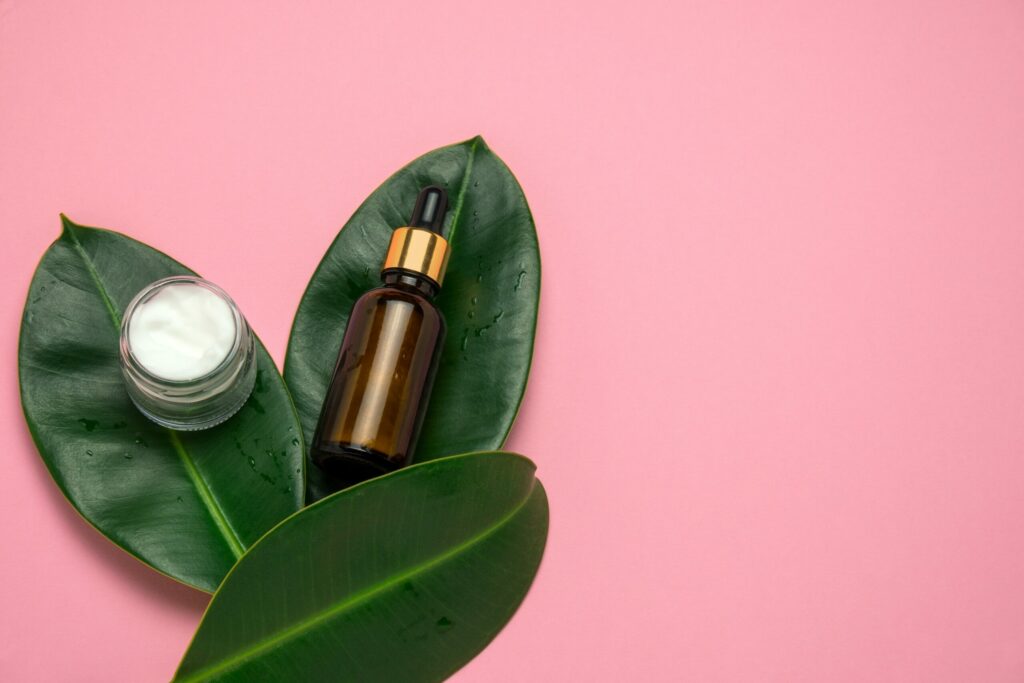Bio-war to Eat Healthily
What are Biopesticide?
A biopesticide is a pesticide that has been produced from living organisms. Biopesticides are used to control pests in the environment and can be derived from plants or animals.
They have many advantages over synthetic pesticides: they do not harm non-target species such as humans; may help reduce dependence on fossil fuels for the production of chemical pesticides; it often cost less than their chemically synthesized counterparts, and they tend to degrade more quickly after application.
The use of biopesticides is a promising approach to sustainable agriculture. Biopesticide products are derived from living organisms and used as an alternative or complementary strategy to chemical pesticides. The benefits include reduced risk to human health and the environment; increased crop yield with less pesticide usage; reduction in dependence on fossil fuels and energy sources; and improved soil quality through nutrient recycling.
Two Kinds of Biopesticides
There are two kinds of biopesticide: natural and synthetic.
Natural pesticides come from plants, animals, or microorganisms that have been used for centuries to control pests in agriculture.
Synthetic pesticides were developed after World War II to replace the toxic chemicals found on farms before then. They’re made by combining different compounds into new substances with specific properties.
Advantages of Biopesticides
In addition, biopesticides are environmentally friendly due to their low or no impact
on human health and the environment, unlike chemical pesticides. Furthermore,
biopesticides do not pose a threat to biodiversity, and hence, they promote
sustainability through the conservation of biological diversity.
Nano-pesticides are expected to provide significant benefits over existing technologies because of their unique properties, such as increased activity at low doses, improved stability, greater penetration, and longer persistence in soil and water.
The most effective way to protect crops is through the highly targeted application of
an active ingredient at precisely the right place and time. This requires precise
knowledge about pest biology and behavior. It also demands careful monitoring of
field conditions throughout the growing season. The result? A more cost-effective
approach for growers who want to maximize their yields while minimizing pesticide
usage.
The global market size for biopesticides is expected to grow at an average CAGR of 5.6% from 2016-2020. The increasing demand for organic food products has led to the increased use of pesticides in agriculture. However, pesticide residues on fruits have become a significant concern due to their potential health risks associated with consumption. This has resulted in consumers demanding safer alternatives such as natural or eco-friendly methods of pest control.

Disadvantages of Biopesticides
The cost is high.
It takes time to develop a new pesticide.
There are chances that it may harm human beings, animals, and the environment.
Pests can adapt themselves to pesticides.
They have no permanent effects on pests.
Some biocontrol agents cause diseases in humans and other organisms.
Why haven’t biopesticides replaced conventional pesticides?
The answer lies partly in economics. It’s expensive for manufacturers to develop new crops protection products. And it takes years before these products reach the market. In addition, there has been little incentive for companies to invest in developing new types of biopesticide because most consumers have no idea what makes them tick. But this situation could change if we begin to understand how biopesticides function at the molecular level.
Current status and development trend of new biopesticides
Nano-pesticides are defined as any substance whose size falls within the range of 1–100 nm. Nanosized particles possess unique properties that make them useful in agriculture and medicine. They offer great promise because they can penetrate deep inside the body where larger particles cannot go.
In addition, nanoparticles are much smaller than viruses, making them easier to handle and store.
Nanotechnology offers exciting opportunities for improving crop protection against insects and diseases.




